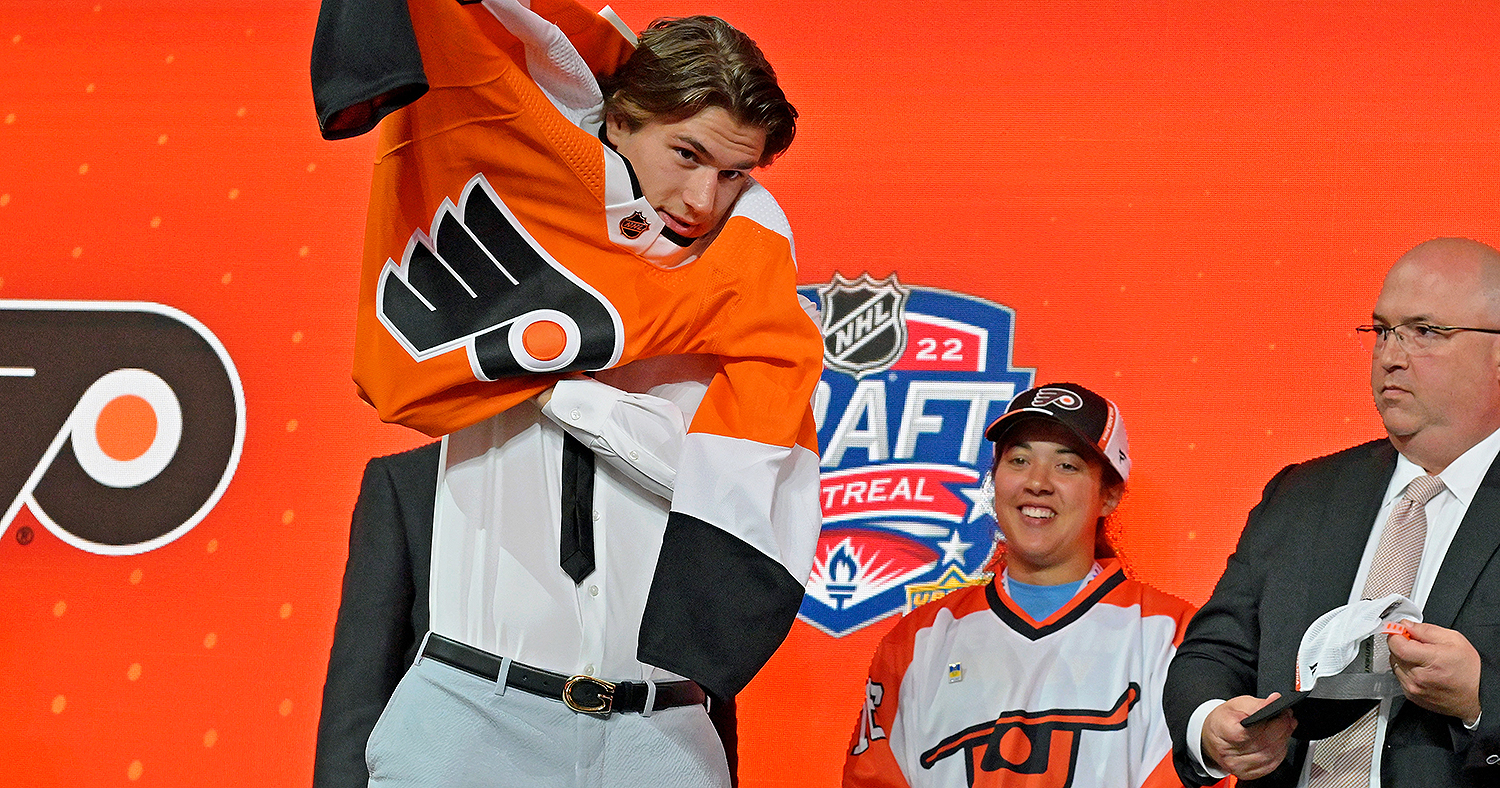Earlier today I posted about the supposedly newfound dominance of passing over running in today's NFL. Looking at the graphs, we saw that pass-first offenses have been in the majority for almost 30 years.
But if pass-happy attacks have been around for a long time, why has every NFL commentator suddenly picked up the torch to declare this a new phenomenon? The simplest and cruelest answer is that these "experts" don't actually know anything. But maybe there's some other factor at work.
Such as the relatively more recent trend of pass first offenses leading to Super Bowl appearances:

As you saw from today's earlier graph, the NFL average has been pass-heavy since the early 1980s. However, it wasn't until a decade later that teams with that strategy began getting to more Super Bowls.
The trend has been real since then, so we still can't absolve experts of their inability to see it. But only in the last five years has the shift become painfully obvious. Since 2006, no team with more runs than passes has made it to the biggest stage in sports (sorry, Jets fans). In addition, the last two seasons have shown us the two highest pass/run ratios a Super Bowl contender has ever posted.
Ok, you might say, but no matter how infrequently these teams run the ball, they must be good at it. NFL experts always say that you have to run the ball effectively to make it through the playoffs.
Those people would be wrong:

There simply is no correlation. Teams in the Super Bowl are no more likely to run the ball better than average. The only trend to take away from this graph is that, despite the emphasis on passing, the 2000s have been a great decade for running the ball. Perhaps as teams shift to smaller personnel of defense, that tendency will continue.
If running effectively hasn't been the key to NFL success, has passing? Absolutely:

While NFL offenses in general have gotten better at completing passes and avoiding interceptions, the overall efficiency of a given attempt hasn't actually improved markedly. Net Yards per Attempt (Pass Yards - Sack Yards / Attempts + Sacks) has been mostly steady for the last three decades.
Sports
In partnership with NBC Sports Philadelphia
Yet across that entire period only seven teams have made it to the Super Bowl who passed less effectively than average. And most of them are only barely worse.
The overwhelming truth is that if you want to make it to the big game these days, you not only have to throw the ball a lot — you have to throw it effectively.



